Tag: diagnosis

Delirium is Prevalent in Older Hospital Inpatients and Associated with Adverse Outcomes
Delirium is prevalent in older adults in UK hospitals but remains under-recognised. Frailty is strongly associated with the development of delirium, but delirium is less likely to be recognised in frail patients. The... read more

Nonconvulsive Status Epilepticus: Overlooked and Undertreated
Nonconvulsive status epilepticus (NCSE) is characterized by persistent change in mental status from baseline lasting more than 5 minutes, generally with epileptiform activity seen on EEG monitoring and subtle or no motor... read more
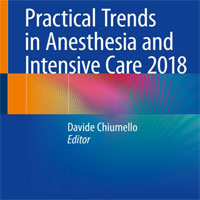
Practical Trends in Anesthesia and Intensive Care 2018
This book offers an essential guide to managing the most-debated hot topics of practical interest in anesthesia and intensive care. It reviews the state of the art in issues concerning both intensive care medicine and anesthesia,... read more
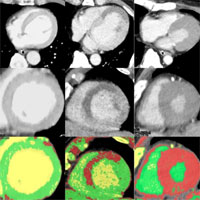
Left Ventricular Wall Findings in Non-electrocardiography-gated CE-CT After ECPR
Few studies have reported left ventricular wall findings in contrast-enhanced computed tomography (CE-CT) after extracorporeal cardiopulmonary resuscitation (ECPR). This study examined left ventricular wall CE-CT findings... read more
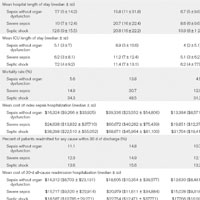
Epidemiology and Costs of Sepsis in the United States
The highest burden of incidence and total costs occurred in the lowest severity sepsis cohort population. Sepsis cases not diagnosed until after admission, and those with increasing severity had a higher economic burden and... read more

Urgent Intubation without Neuromuscular Blocking Agents and the Risk of Tracheostomy
Neuromuscular blocking agents play a significant role in improving the success rate for urgent intubation, although there is limited evidence about the effect on subsequent outcomes, such as the incidence of tracheostomy.... read more
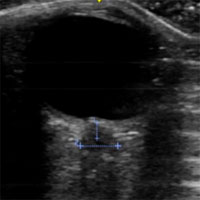
Idiopathic Intracranial Hypertension
A 22 year-old female with a medical history of migraines and obesity who presents to the Emergency Department with a headache. Her headache was gradual in onset, but has progressively worsened and has not been relieved... read more

Primary Management of Polytrauma
This well-illustrated book describes a practical approach to the primary management of patients who have multiple injuries, or polytrauma, with the aim of providing medical and paramedical personnel with the knowledge required... read more
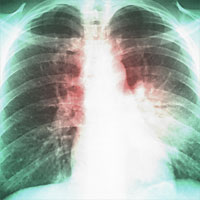
Diagnosis of Nonventilated Hospital-acquired Pneumonia
Nonventilated hospital-acquired pneumonia (NV-HAP) poses several barriers for diagnosis compared with VAP, and the available knowledge is limited. A call for further research in diagnosis of nonventilated HAP is urgent.... read more

Neonatal Early-Onset Sepsis Evaluation
Twelve years ago, we began a National Institutes of Health–funded study of neonatal early-onset sepsis (EOS) whose goal was to develop multivariate predictive models that could be used by clinicians to evaluate a newborn’s... read more

Hydration for Infants with Bronchiolitis
Bronchiolitis is the most common lower respiratory tract infection in infants and the leading cause of hospital admission. Hydration is a mainstay of treatment, but insufficient evidence exists to guide clinical practice.... read more
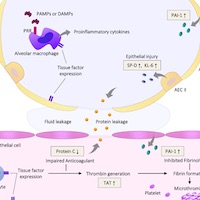
Biomarker Profiles of Coagulopathy and Alveolar Epithelial Injury in ARDS
Coagulopathy and alveolar epithelial injury were observed in both patients with direct common risk factors (dARDS) and with idiopathic or immune-related diseases (iARDS). However, their biomarker profiles were significantly... read more
What should we stop doing in the ICU?
Intensive care is an interesting specialty. From all the early excitement in the 1970s, passing through two decades of intensive physiological use at the bedside, intensive care landed on the rough ground of modern randomized... read more
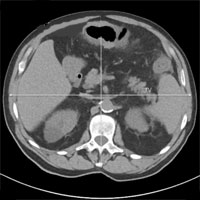
Abdominal Compartment Syndrome
Abdominal compartment syndrome (ACS) is defined by sustained intra-abdominal pressure (IAP) > 20 mm Hg with associated organ injury. The condition was first described in 1863, but not significantly discussed until the 1990s.... read more








